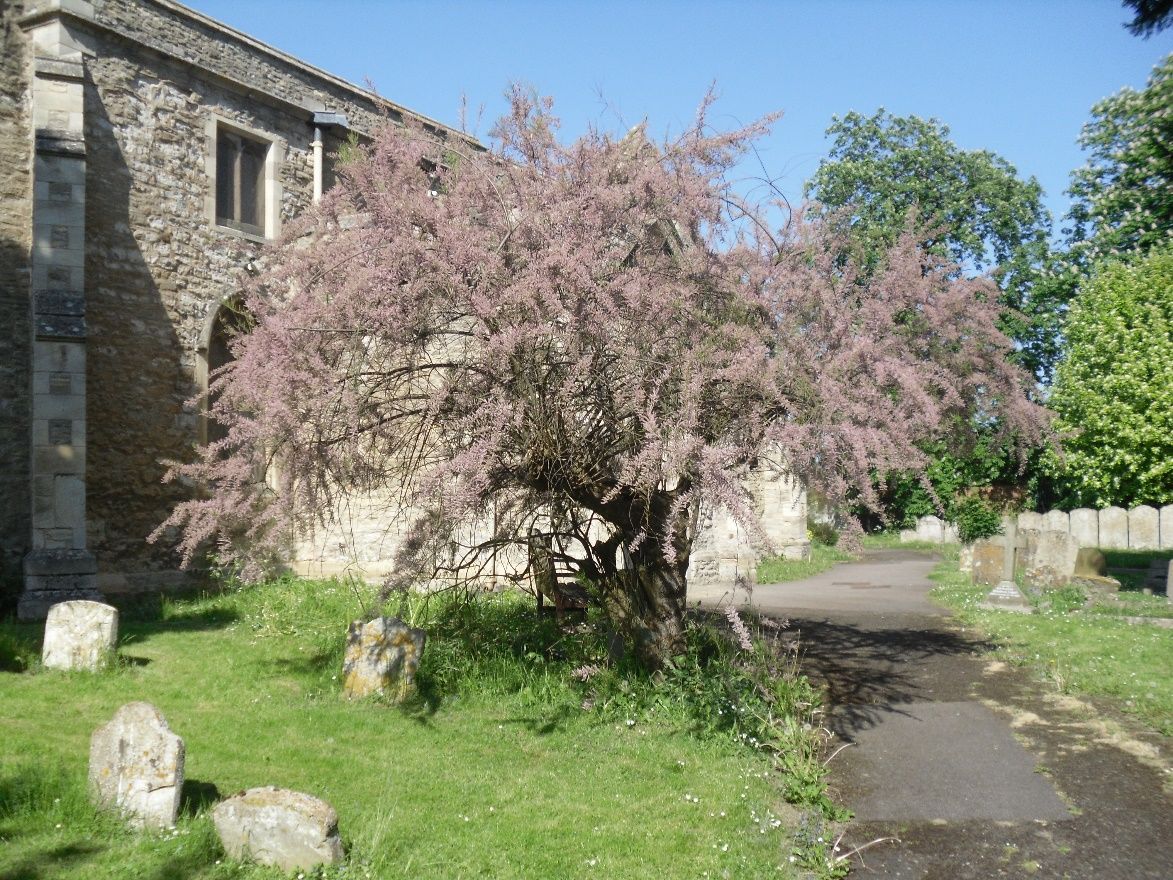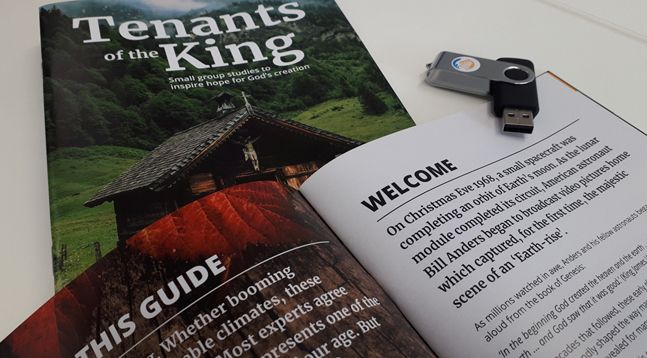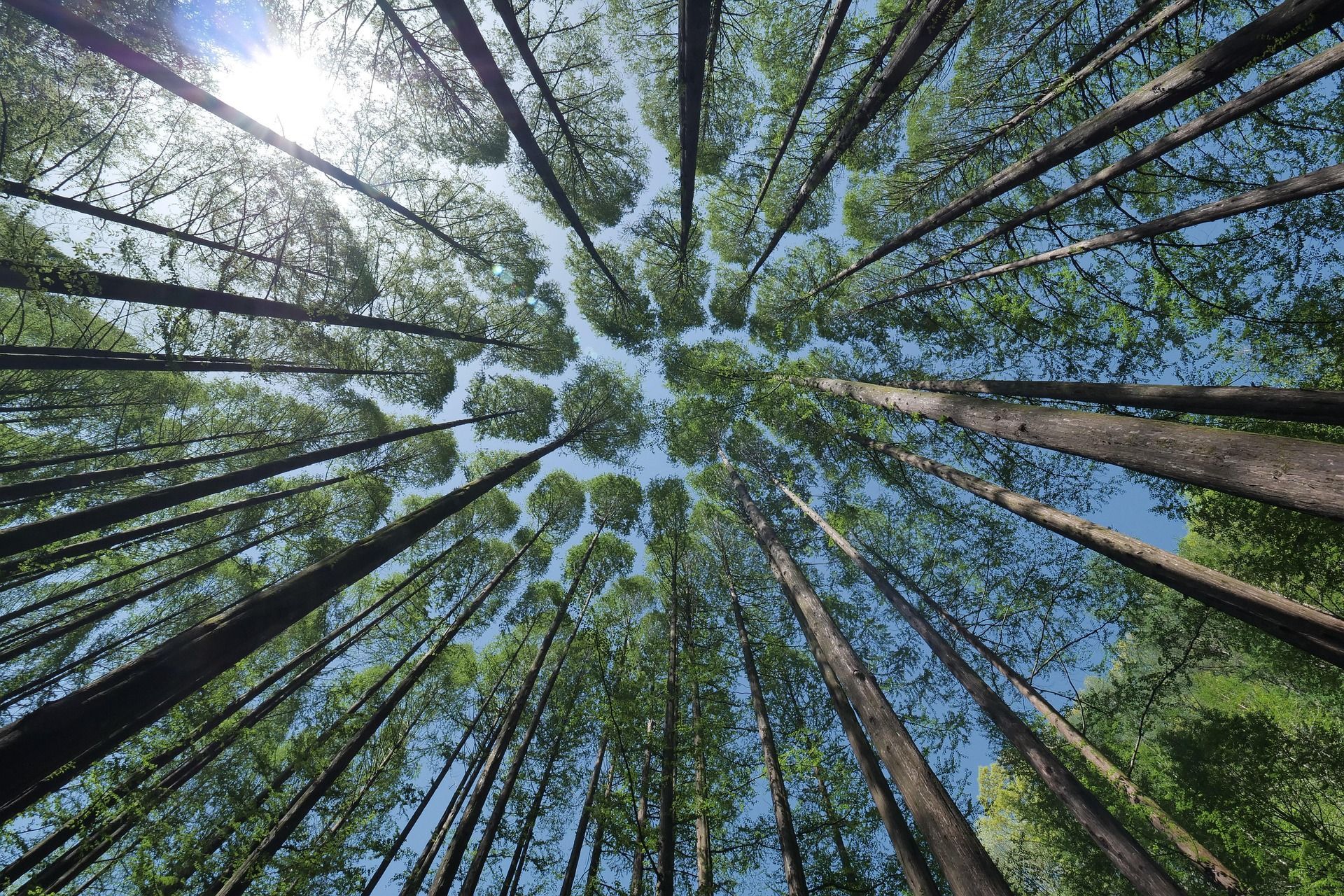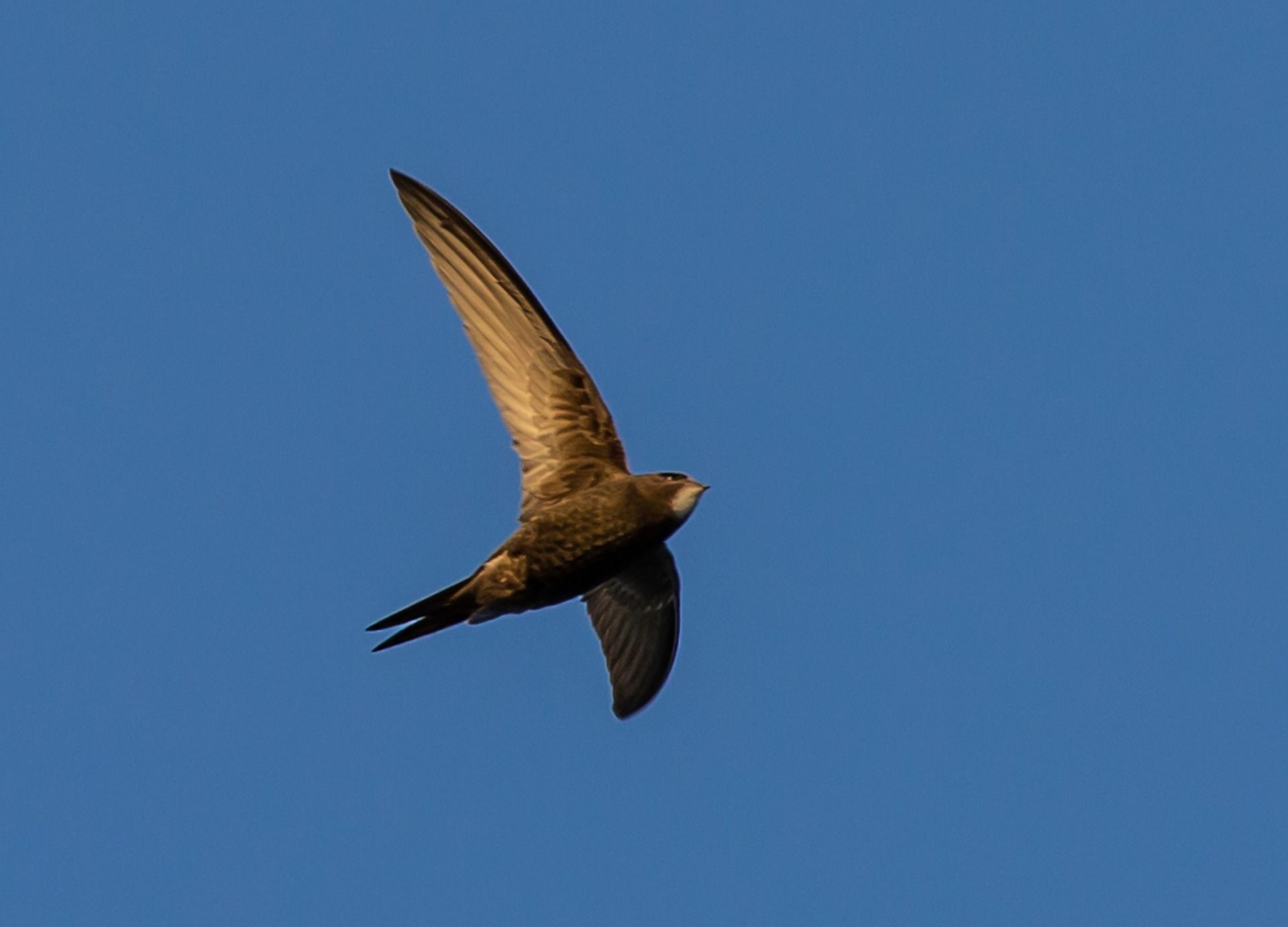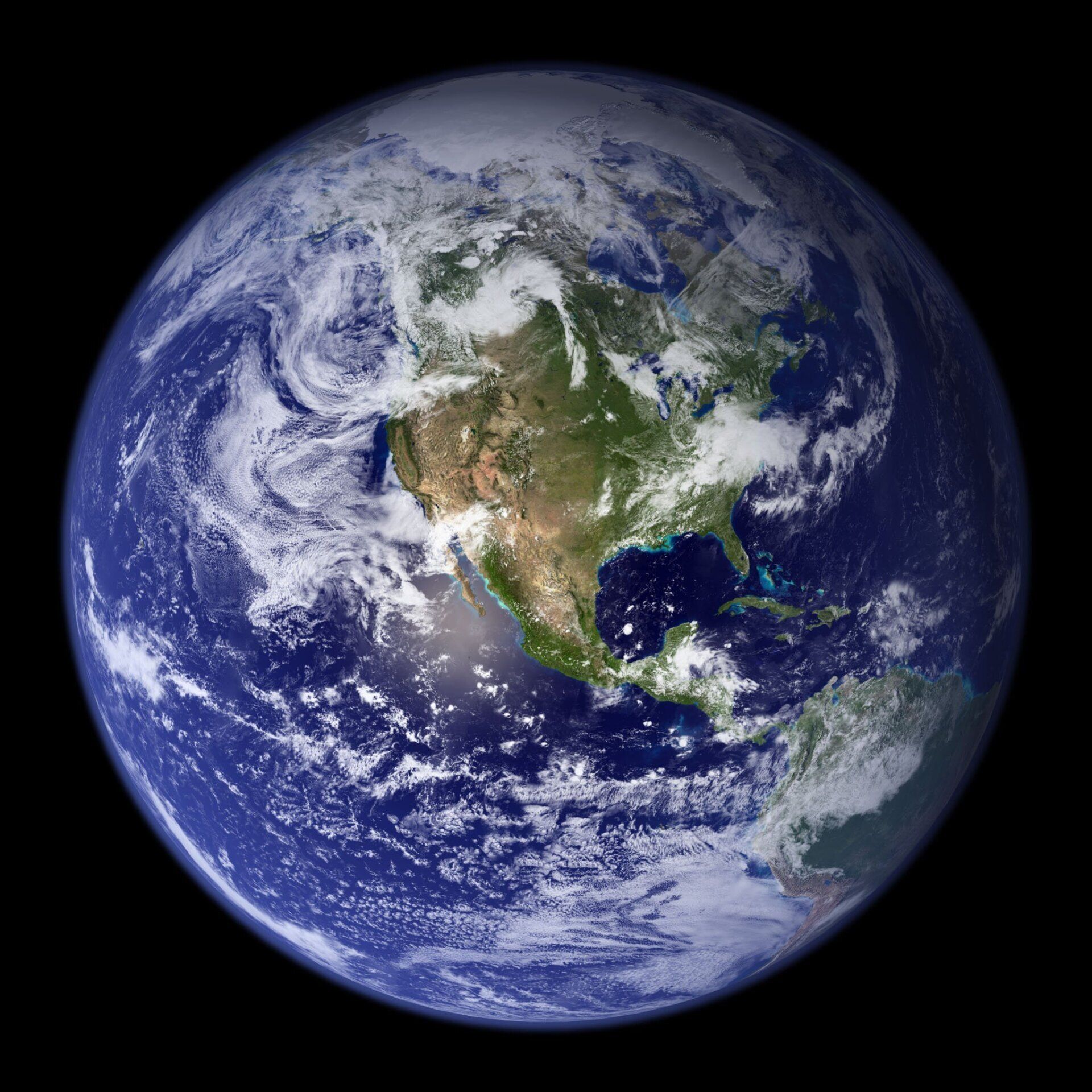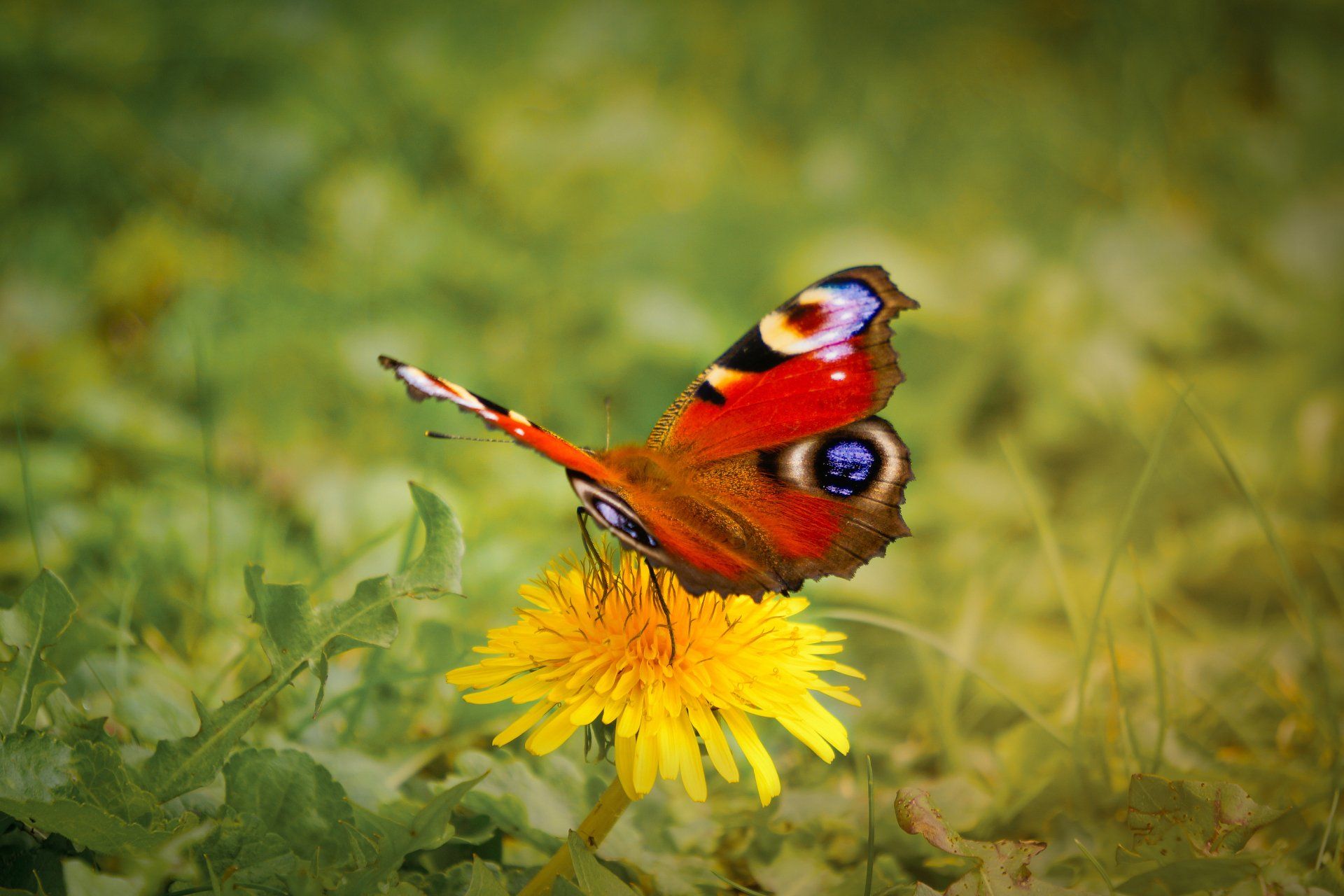Isaiah and creation
A special blog post for Bible Month
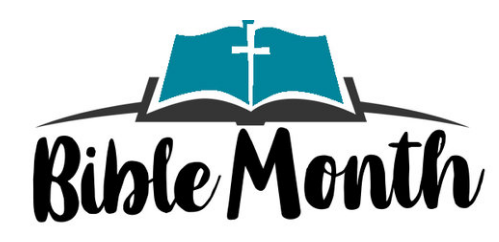
Bible Month is an annual campaign that celebrates scripture by inviting the whole Methodist Church to feast on one particular book of the Bible together. In 2022 we are exploring Isaiah.
If you’re interested in what Isaiah might have to say about creation and the environment, then this post explores some of the things that you might want to look out for.
God as creator
Isaiah reinforces the idea that God is creator of all. Look out for images like those in chapter 45: It is I who made the earth and created mankind on it. My own hands stretched out the heavens; I marshalled their starry hosts.
Farming and cultivation
Throughout Isaiah you’ll find images of vineyards, crops like wheat and barley to make bread, bees to provide honey, cattle for milk and meat, and herbs for cooking. These images are sometimes used metaphorically (e.g. the vineyard to represent Israel) but also show us that an ideal world is one where people can feed themselves and live peacefully with each other and God. As chapter 65 says, They will build houses and dwell in them; they will plant vineyards and eat their fruit.
Landscapes, habitats and wild creatures
Look out for descriptions of landscapes and landscape features – meadows, mountains, deserts, rivers, springs, trees and forests all feature throughout Isaiah. You’ll also find lots of different animals and birds named (although the species can vary in different translations) along with the places where they live. Some passages also show an understanding of animal behaviour, like this one from chapter 34:
The owl will nest there and lay eggs, she will hatch them, and care for her young under the shadow of her wings.
Some of these passages show us that there are places where humans don’t live, such as deserts, but there are non human inhabitants who do belong there. God has created all of these.
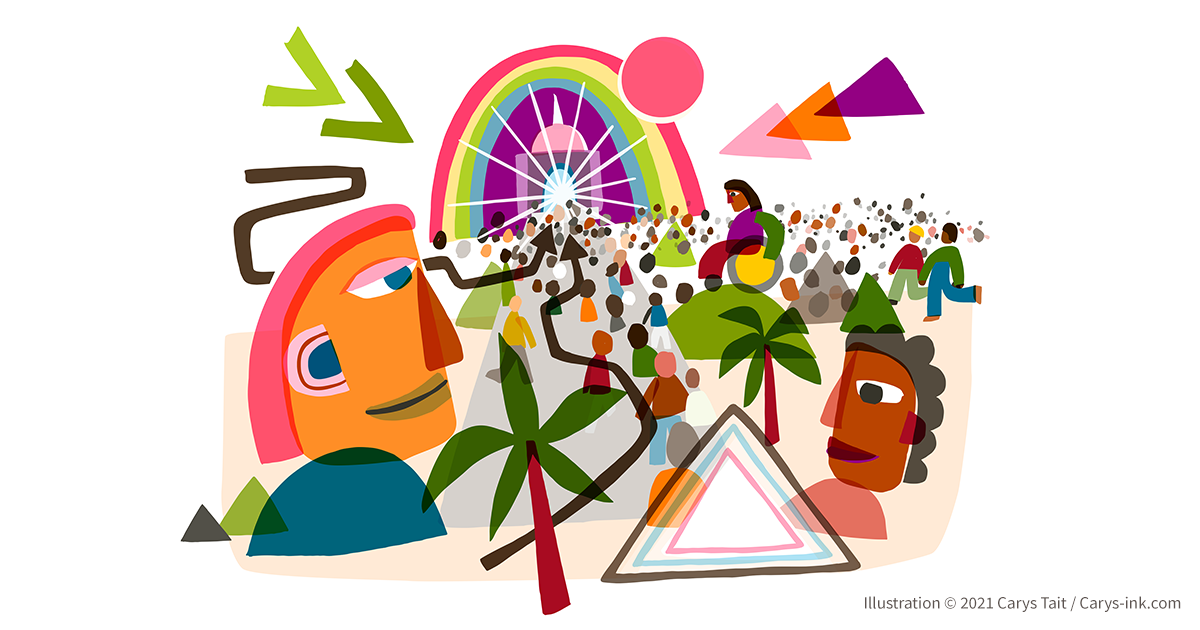
Destruction, renewal and restoration
This is one of Isaiah’s most important themes, through the book we see descriptions of the land being destroyed and degraded as a result of human behaviour and rejection of God. However, we also see images of a restored creation where life flourishes and human and non-human creation live in harmony. From chapter 35: The desert and the parched land will be glad; the wilderness will rejoice and blossom. Like the crocus, it will burst into bloom; it will rejoice greatly and shout for joy.
Creation praises
Look out for descriptions of the whole of creation praising, worshipping and honouring God. One of the most famous passages comes in chapter 55:
You will go out in joy and be led forth in peace; the mountains and hills will burst into song before you, and all the trees of the field will clap their hands.

Bible study questions
The following notes and questions come from the 30 day guided reading plan for Bible Month prepared by the Methodist Church’s Learning Network:
Isaiah 25-27 The gloomy description of the world being 'utterly broken' is suddenly replaced by a vision of a world made new. First Judah, then Israel, and finally all people will be renewed. God's judgement will be revealed as a tool of salvation: a means of saving the world from the powers of chaos and darkness, depicted as the sea monster Leviathan. There are lots of allusions here to key stories, ideas and images in Genesis 1-3. Which ones can you identify?
Isaiah 42-43 The new hope is based on an unnamed figure, the ‘Faithful Servant.’ At the time they probably had Cyrus, the King of Persia in mind, or maybe it was a metaphor for the renewed nation of Israel. Later, Christians would see Jesus in these words. The restoration is for the creation too; the author seems to have a fondness for jackals and ostriches. What other creation motifs can you see in the text?
Isaiah 65-66 The book ends with a beautiful vision of a new heaven and a new earth. Isaiah extends the scope of the rescue from exile once again; not just for his contemporaries in Babylon, but for all people and all of creation. Can you see the connections with Revelation 21-22?
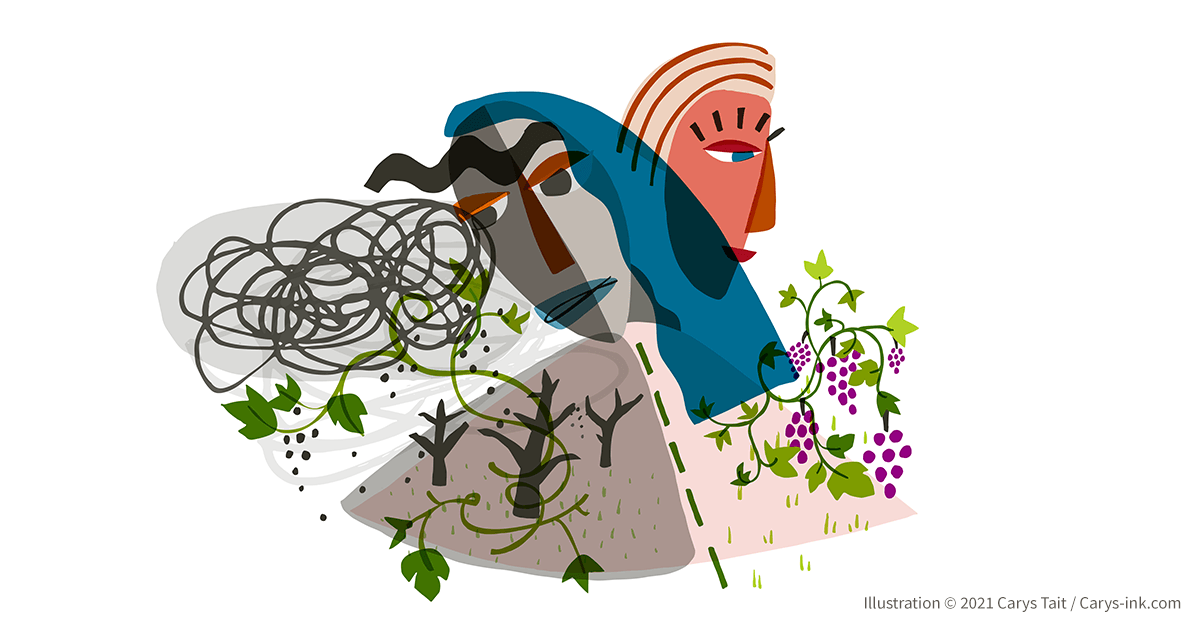
Further reading
- Uncovering Isaiah's Environmental Ethics – Margot Hodson (Grove Books, 2011)
- Hope and the Environment – Ruth Valerio (Bible Society PDF, 2013)
- Bible and Ecology – Rediscovering the Community of Creation – Richard Bauckham (DLT, 2010)
- Old Testament Ethics for the People of God – Christopher Wright (IVP, 2010)
